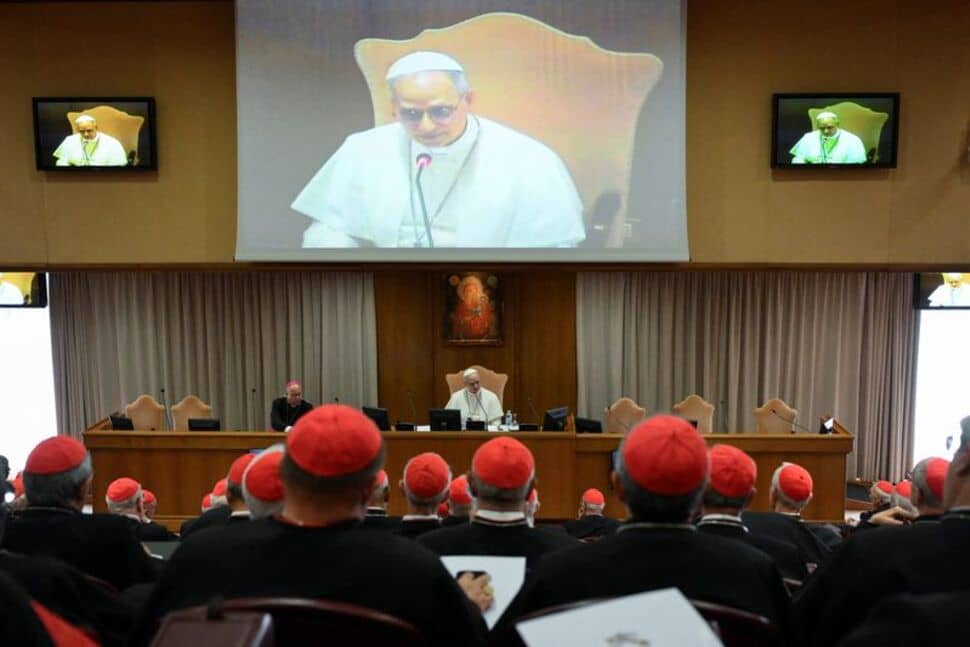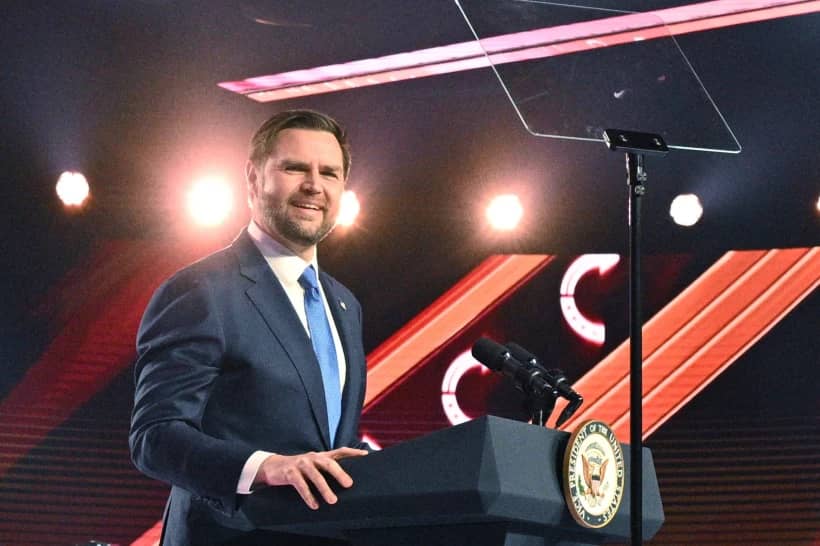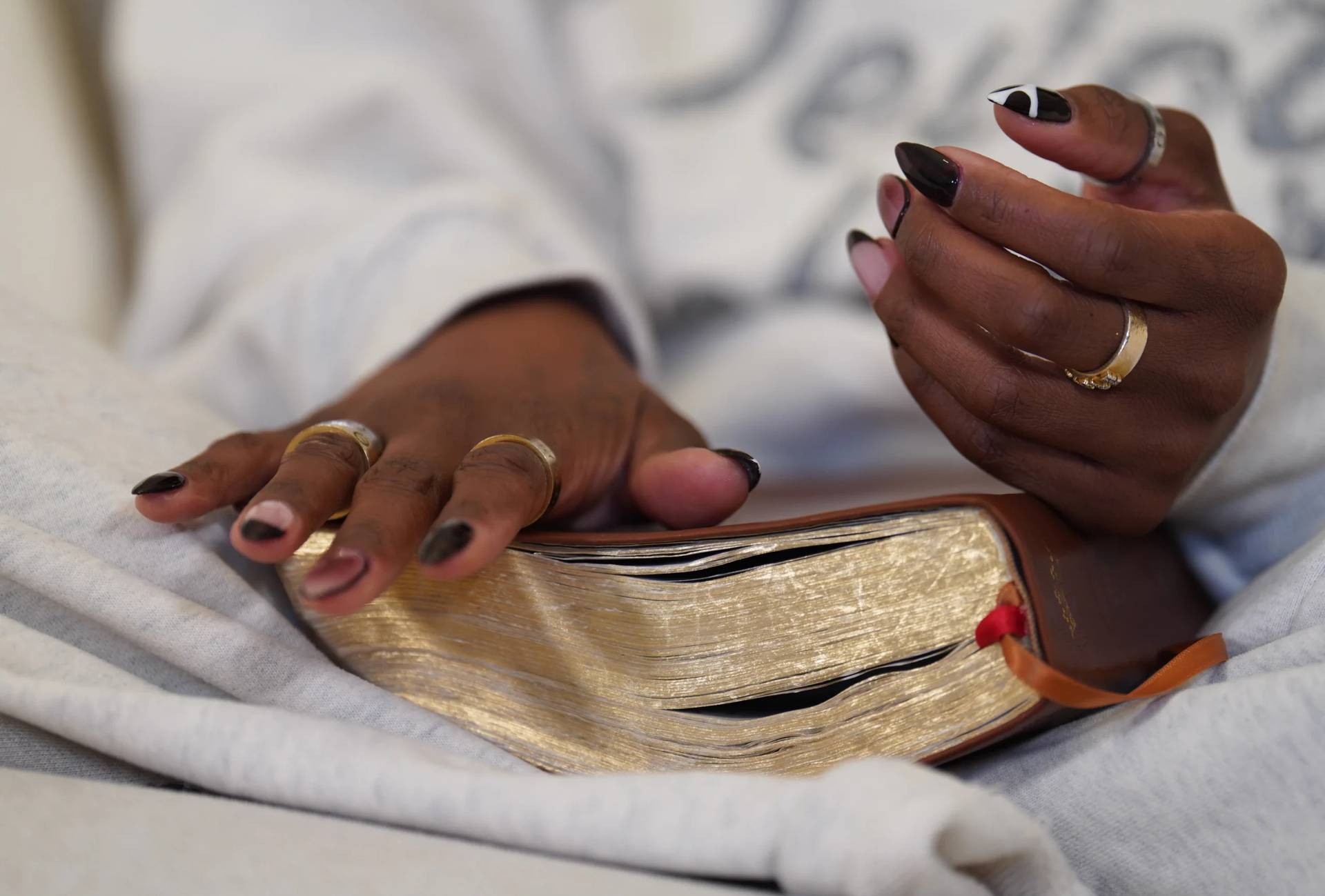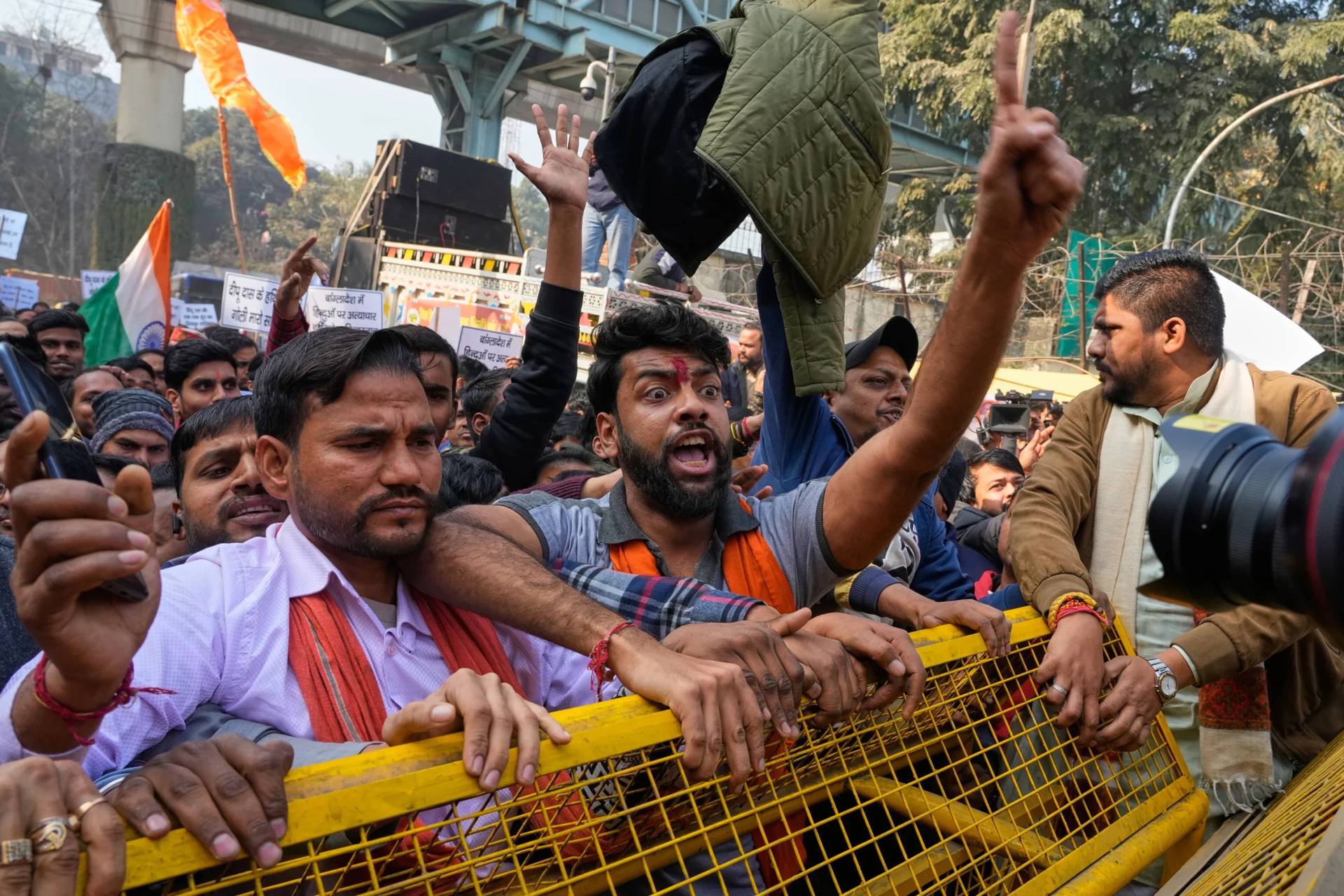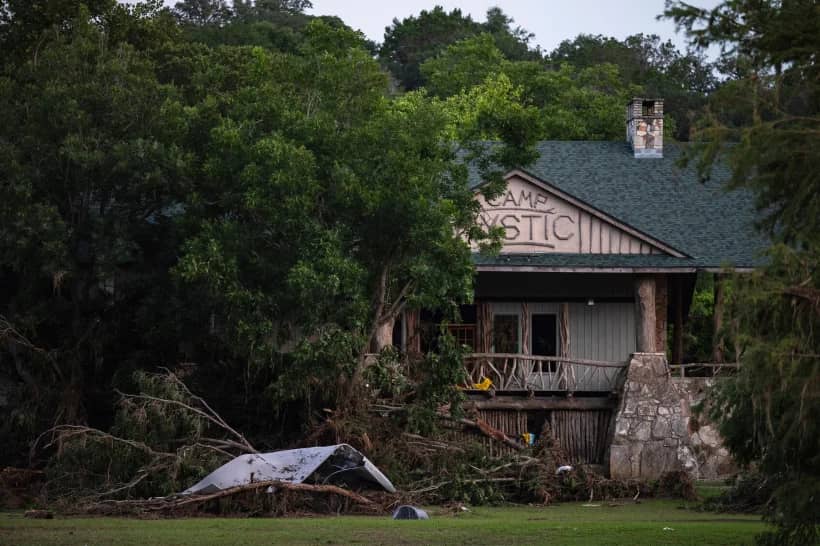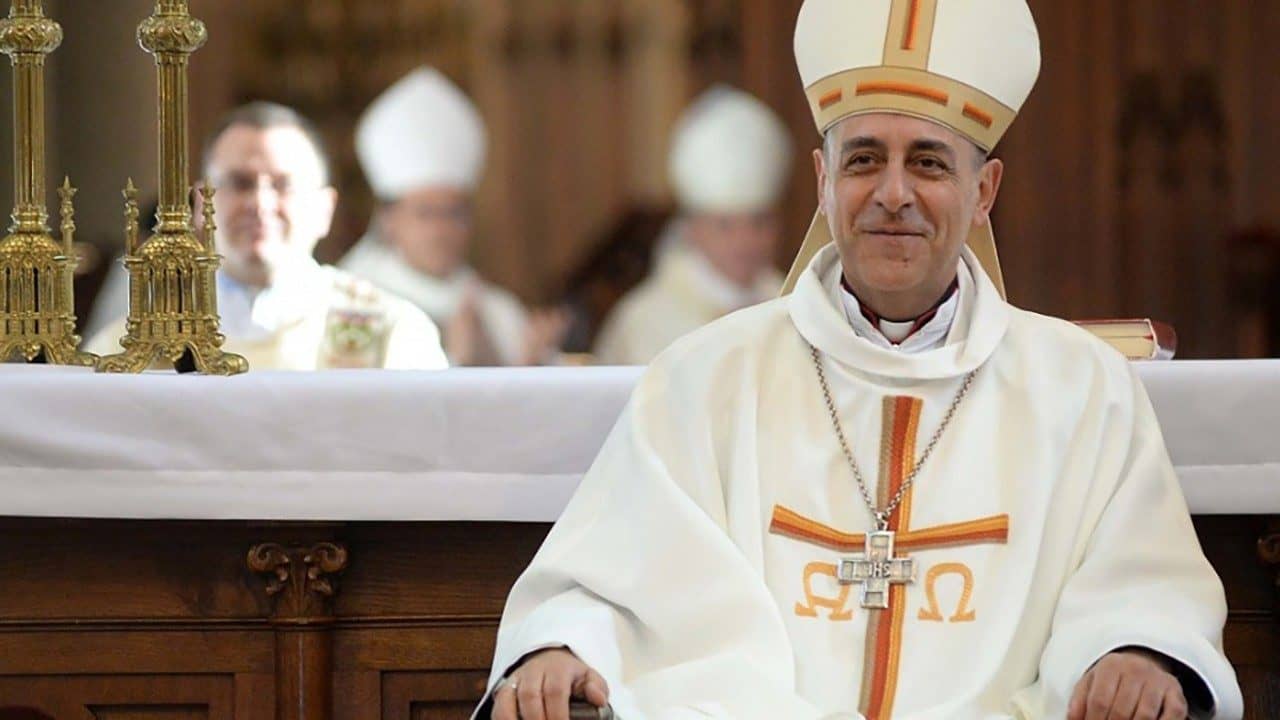On Feb. 16, 80-year-old President Joe Biden traveled across Washington, D.C., for a physical examination at the Walter Reed Medical Center. The visit caused no particular alarm, as White House Press Secretary Karine Jean-Pierre had informed reporters in advance the appointment was on the books and promised a full medical bulletin by close of business.
On Tuesday, the 86-year-old Pope Francis also went across town in Rome to the Gemelli Hospital for a check-up. He was there for less than an hour, but because the Vatican had provided no prior notice and no one initially knew the reason for the visit, the surprise caused an entire morning of panic.
The reaction wasn’t unreasonable, since the last time the pope went to the Gemelli unannounced in late March, he was there for four days fighting off acute bronchitis, and he later said that if he’d gotten to the hospital much later it might have been a different story.
This time, Francis entered the hospital at 10:40 a.m. Rome time, but the Vatican didn’t even confirm he’d been there for three and a half hours. That silence was despite the fact the visit clearly was planned in advance, since we learned later the pope was inside for less than an hour and he didn’t arrive in an ambulance.
In other words, the Vatican could have given a heads-up, they simply chose not to. In that difference, between transparency and obfuscation, lies the tale.
The contrast, by the way, doesn’t stop with what was said beforehand.
Just hours after Biden’s physical, the president’s personal physician, Dr. Kevin O’Connor, presented a five-page memorandum to Jean-Pierre which was quickly released to the press. While the top note was that the president “remains fit for duty, and fully executes all of his responsibilities without any exemptions or accommodations,” it was chock full of additional detail.
O’Connor began by noting that although Biden had tested positive for Covid in July 2022, he had experienced only mild symptoms, responded well to standard out-patient therapy and showed no symptoms of “long Covid.”
O’Connor also said that a small lesion on Biden’s chest had been detected during the exam and removed for a biopsy. It was later announced that the lesion was benign.
Beyond that, O’Connor listed nine conditions for which Biden was being treated:
- Non-Valvular Attrial Fibrillation (“A-fib”), with Biden remaining stable on a standard anti-coagulation medication
- Hyperlipidemia (high cholesterol)
- Gastroesophageal reflux
- Seasonal allergies
- Stiffened gait, meaning an osteoarthritic condition
- Mild sensory peripheral neuropathy of feet
- Skin cancer surveillance
- Optometry surveillance
- Dental surveillance
In each instance, O’Connor described the president’s condition as stable. For the record, O’Connor is a former U.S. Army flight surgeon and the founding director of a program in executive medicine at George Washington University.
What did we get from the Vatican after Pope Francis’s check-up?
There was a one-line statement from Matteo Bruni, the Vatican spokesman, which read: “This morning Pope Francis went to the Gemelli Hospital to undergo some clinical tests and returned to the Vatican before noon.”
If you blinked, you would have missed it. There was absolutely no indication of why he went to the Gemelli, who examined him, which tests were conducted or what their results were.
Bruni, by the way, while a fine human being and a capable spokesperson, has no medical training or background, and therefore is not putting his professional standing and reputation on the line when he makes claims about the pope’s health the way an actual doctor would.
Italian media did add some details. It was reported that the pope apparently visited the “Center for the Medicine of Aging” at the Gemelli, and that the exam was likely a follow-up to his brief hospitalization in late March. It was apparently never considered that Francis might have to be admitted overnight, since the center he visited is exclusively an out-patient service.
None of that, however, came from official channels. It’s almost as if, in these situations, the Vatican actually enjoys getting people lathered up, perhaps especially in the press corps.
How do we explain the difference between the White House and the Vatican?
One could cite the cultural gap between Anglo-Saxons, with our demands for transparency, and Italians, who tend not to have quite the same expectations – indeed, a cynic might suggest they sometimes seem to prefer speculating about what’s going on over actually knowing.
One could also point to the Vatican’s traditional discretion when it comes to the pope’s health. Famously, the first journalist who ever suggested Pope John Paul II might have Parkinson’s disease got into hot water, and it took years before there was any official acknowledgment.
When I first got to Rome eons ago, a rumor was making the rounds that Pope John Paul II had a cold. I called an official in the Vatican Press Office, who indignantly dismissed my inquiry: Si tratta della vita privata del papa, he said, meaning, “That’s a matter of the pope’s private life.”
But I suspect the basic explanation lies elsewhere: A President of the United States needs the press in a way that a Pope simply doesn’t.
Biden is running for reelection, and his age and stamina are certain to be a consideration. He needs to be as upfront as possible about his medical condition, and the last thing he wants is a news cycle dominated by an unnecessary health scare which reminds people of how old and frail he sometimes can seem.
Popes face no such pressure. While reporters may complain about an information blackout, that doesn’t really come at any cost to the pope or his closest advisors, whose grip on power remains absolute.
Yes, Francis has a cozy relationship with certain media outlets, and appears to enjoy doing friendly interviews. That’s different, however, from feeling obliged to satisfy the demands of the press, especially elements of it likely to ask questions you don’t necessarily want to answer.
By the way, while the Vatican Press Office always feels the brunt of public frustration when information is scarce and slow in coming, it’s generally not their fault. A Vatican spokesman can only communicate what he’s told by his superiors, generally meaning the powers that be in the Secretariat of State. Just as a good mechanic never blames his tools, Vatican higher-ups can’t blame their PR team for failing to manage stories they didn’t know about in the first place.
Would it be better if the Vatican were more forthcoming about the pope’s physical condition … or, really, even minimally concerned about avoiding gratuitous frenzies? Of course.
Is there any reason to believe they will be? Well, although there’s always Gospel hope to fall back on, I wouldn’t hold my breath.







